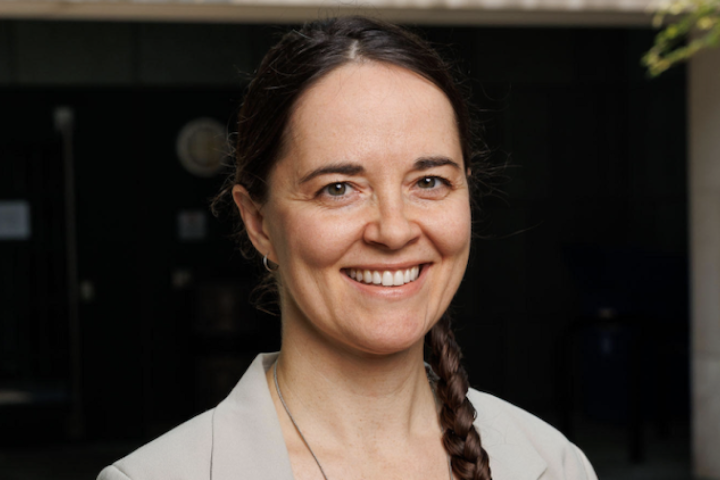
The Changing Face of Public Agencies in Workplace Conflict Resolution: A Six-Country Study
Faculty from the ILR Scheinman Institute on Conflict Resolution spearheaded a recently completed landmark six-country study, which examined how public agencies involved in resolving workplace conflict resolution operate and how their roles have evolved.
Countries involved in the study included: Ireland, the United States, Great Britain, Canada, Australia, and New Zealand. Faculty at University College Dublin, and Queen’s University Belfast co-directed the project.
The United States research team was composed of Ariel C. Avgar, David Cohen Professor and ILR Senior Associate Dean of Outreach and Sponsored Research; Alexander J. S. Colvin, Martin Scheinman Professor and ILR Dean; Harry C. Katz, Jack Sheinkman Professor and Director of the Scheinman Institute on Conflict Resolution; and Katrina G. Nobles, Extension Associate and Director of Conflict Management Programs at the Scheinman Institute.
This international research project was motivated by the desire to analyze how public agencies involved in work‐related conflict resolution are responding to economic and social changes.
In the past, conflict at work immediately conjured up the image of large‐ scale strikes causing a fair degree of disruption to organizations and the wider public. But for some time now collective industrial disputes have been on the decline almost everywhere. Across countries, strikes and associated forms of industrial action are at an all‐time low. This does not mean that workplace conflict has withered away, merely that it is taking different forms. Not withstanding the recent upsurge in strike activity in some European countries and in the United States, workplace conflict has become less collective and more individual in nature. Various developments have fuelled this shift from collective to individual‐based workplace conflict.
The researchers found that while the contours of each country's dispute resolution system are different, dispute resolution agencies in all the countries examined are under immense pressure to change or, at the very least, to reassess current ways of delivering core services. And, while some of these pressures vary across countries, there are a number of pressures that cut across most systems. Of special note is the fact that each of the countries included in the study finds themselves at a strategic juncture in terms of how best to confront a mixture of external and internal pressures that, for the most part, make the status quo untenable.
Public dispute resolution agencies across the countries were, for the most part, established as a means of dealing with the ramifications of collective conflict playing out in systems that historically had robust labor‐ management actors. The decline in this core collective feature, therefore, raises fundamental questions about each system's reason for being.
In the United States, the researchers found a highly fragmented and decentralized set of mechanisms addressing work‐related conflicts and disputes. There are consequential differences in how workplace conflicts are resolved across the following settings—union and nonunion or collective and individual, public and private sectors, traditional and nonstandard employment models, and public and private forums. An important trend is the growing influence in the nonunion sector of ‘private justice’ provided in employment arbitration and conflict management systems as a replacement for ‘public justice’. In the union sector, private neutrals also play a key role.
For more about the six country study, please see the full research here.
For more on the United States findings, please see the published article here.



